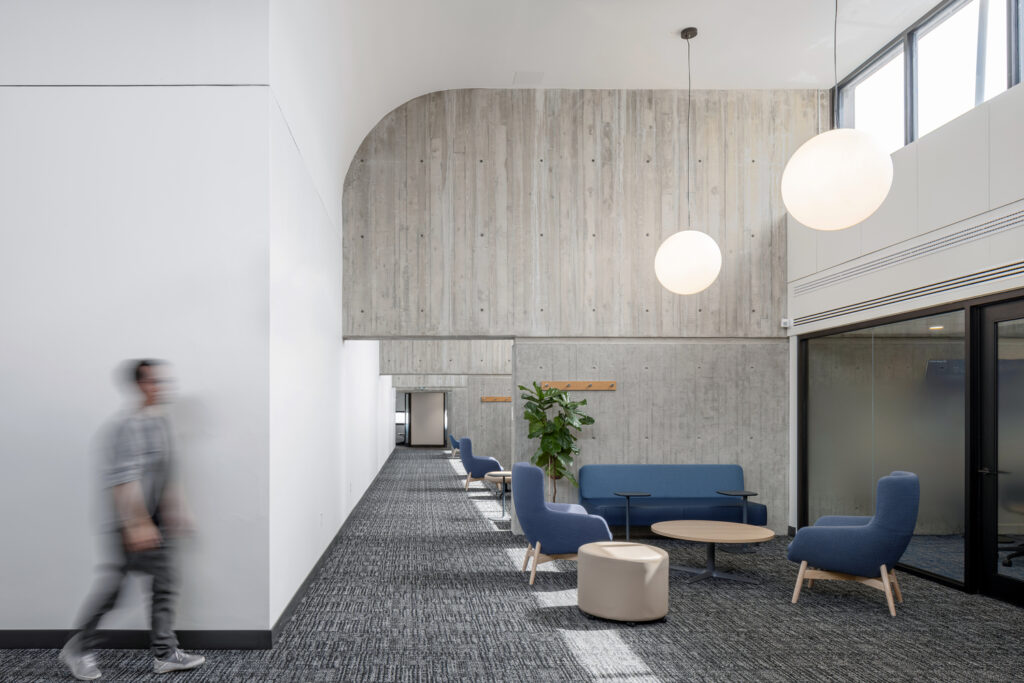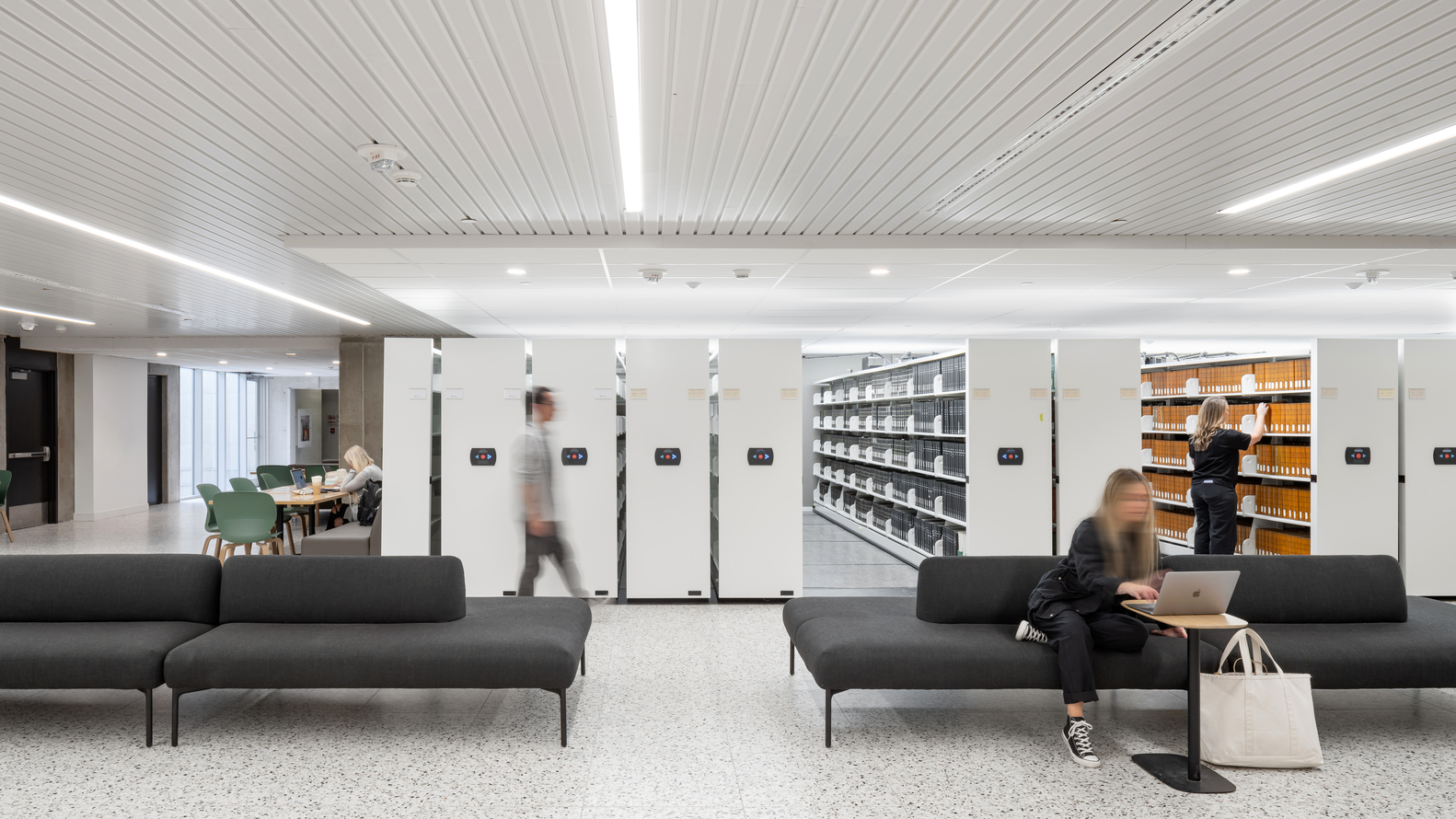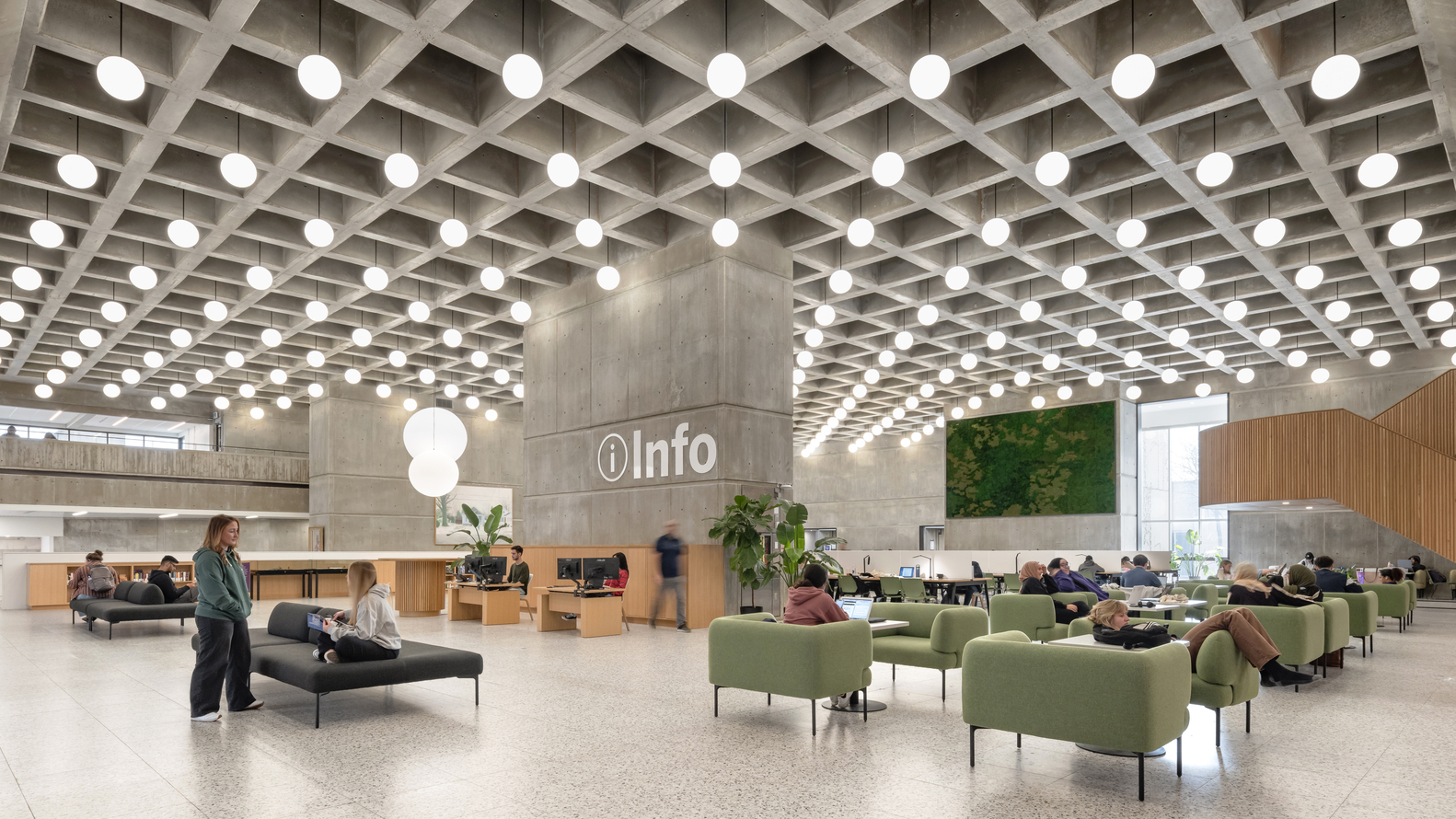The Solstice Research Pavilion
Marrakesh, Morocco
Light as a Constant
“A pavilion where natural rhythm meets scientific pursuit — harnessing light, space, and stillness to inspire discovery.”
Project Overview
Set against the ochre skyline of Marrakesh’s desert edge, The Solstice Research Pavilion is an international outpost of the Paris-based IECE — a think tank dedicated to climate and energy research in arid zones. Tasked with creating a campus that would foster interdisciplinary dialogue while embodying the values of environmental stewardship, the design reinterprets traditional Moroccan courtyard typologies for a contemporary, collaborative academic environment.
With earth-toned, rammed earth walls and slender steel trellises, the Pavilion doesn’t impose on its surroundings but seems to rise from the desert itself. The design balances seclusion and connection: introverted research pods wrap around cool internal courtyards, while open-air walkways and shaded pavilions encourage spontaneous exchange.
The Pavilion resists the sterile neutrality of modern institutional design in favor of a textured, responsive architecture that is grounded in local materiality, passive performance, and a deep sensitivity to climate and craft.

Location:
Marrakesh, Morocco
Type:
Research & Learning Centre
Built-Up Area:
42,500 sq. ft
Status:
Completed 2023
Client:
Institut Européen pour le Climat et l’Énergie (IECE), France
Design Approach:
Vernacular-Inspired, Climate-Responsive, Integrated Learning Spaces
Lead Architect: Ar. Sandesh Patil
Team Members:
Healing Design Consultant: PlayLab Design, UK
Pediatric Specialist Advisor: Dr. Linnea Bergström
Lighting Design: Glowform Studio, Denmark
Sustainability Consultant: ARUP Nordic
Contractor: Skanska HealthTech Projects
Global Design Excellence Award
– 2023
India Design Forum Honors
– 2024
Design Narrative
The architectural language of the Pavilion stems from the dual goals of fostering intellectual rigor and climatic comfort. Marrakesh is known for its scorching summers, low rainfall, and dramatic diurnal shifts. Rather than combating these conditions, the Pavilion uses them as design cues.
The plan follows a series of cascading courtyards, each serving a different function — meditation gardens, reading decks, lecture courts. These voids are not aesthetic afterthoughts but performative spaces: they provide cross-ventilation, daylight access, and psychological pause.
The building volumes are placed to form breezeways and shaded transitional zones. Rooflines lift and angle to catch prevailing winds, while overhangs cast deep shadows on the thick earthen walls. The idea was to build a space that cools itself — slowly, patiently, and intelligently.
While the footprint is contemporary, the soul of the Pavilion is vernacular — it borrows from the spatial logic of the Moroccan riad, reimagined for a global academic community.
Material Palette & Aesthetic
The Pavilion’s walls are formed using stabilized rammed earth sourced from the site itself, giving the building a monolithic but warm character. Textural variation is created using recessed niches, shadow lines, and occasional infill panels of green zellige tiles hand-cut in Fez.
Roofs are supported on corten steel columns and covered with bamboo slats underlaid with insulation, allowing filtered light and indirect breeze into circulation spaces.
Inside, the building maintains a soft, earthy palette — terrazzo floors embedded with local stone, handcrafted walnut benches, acoustic panels made from compressed palm fiber, and linen drapes dyed with natural indigo and saffron.
The heart of the Pavilion is the central amphitheatre, wrapped in stepped seating carved from sandstone, under a tensile fabric roof that casts ever-shifting dappled light through the day.


Climatic Design Strategies
- Orientation: Primary façades aligned North–South to reduce direct solar exposure.
- Rammed Earth Walls: High thermal mass modulates internal temperatures, reducing need for mechanical cooling.
- Courtyard Cooling: Four courtyards drive cross-ventilation and act as thermal chimneys.
- Roof Design: Sloped ventilated roofs channel hot air up and out; bamboo slats act as radiant barriers.
- Shading Devices: Fixed and dynamic perforated copper mashrabiyas on west-facing façades.

Sustainability Metrics
- 65% reduction in cooling energy via passive systems
- 92% of indoor spaces naturally ventilated
- Net-zero energy use (with rooftop solar + battery storage)
- 100% greywater reused on site
- 85% construction materials sourced within 200 km radius

Closing Thought
The Solstice Research Pavilion challenges the idea that advanced research environments must be hermetic or techno-centric. Instead, it proposes a rooted alternative — one where architecture speaks the language of its land, its wind, and its sun. Here, intelligence is not only pursued but embedded in the walls themselve


